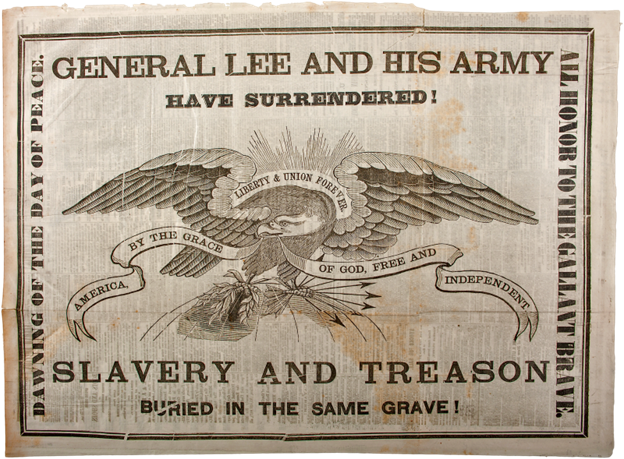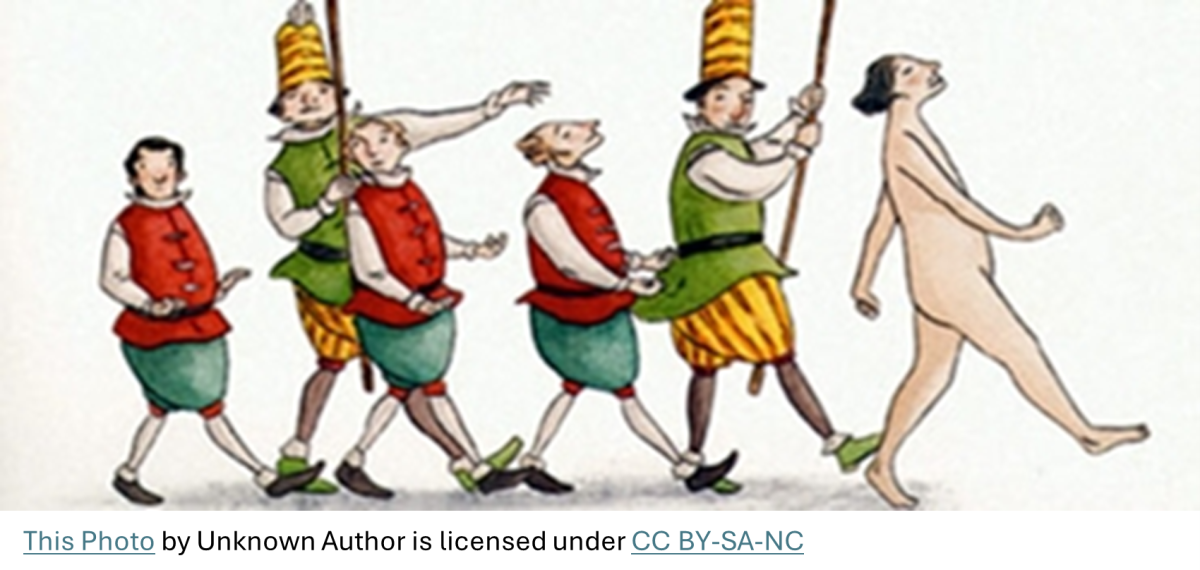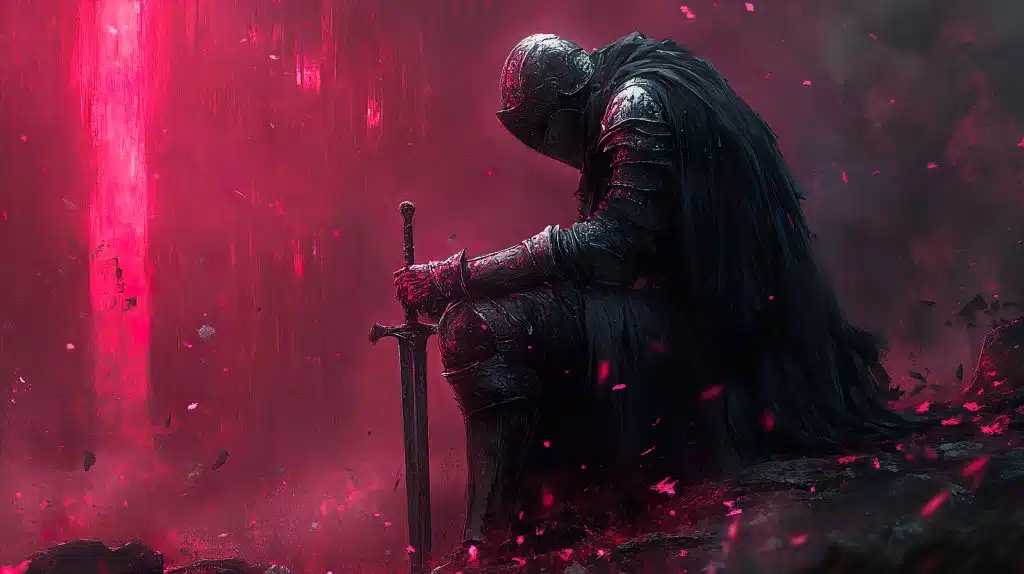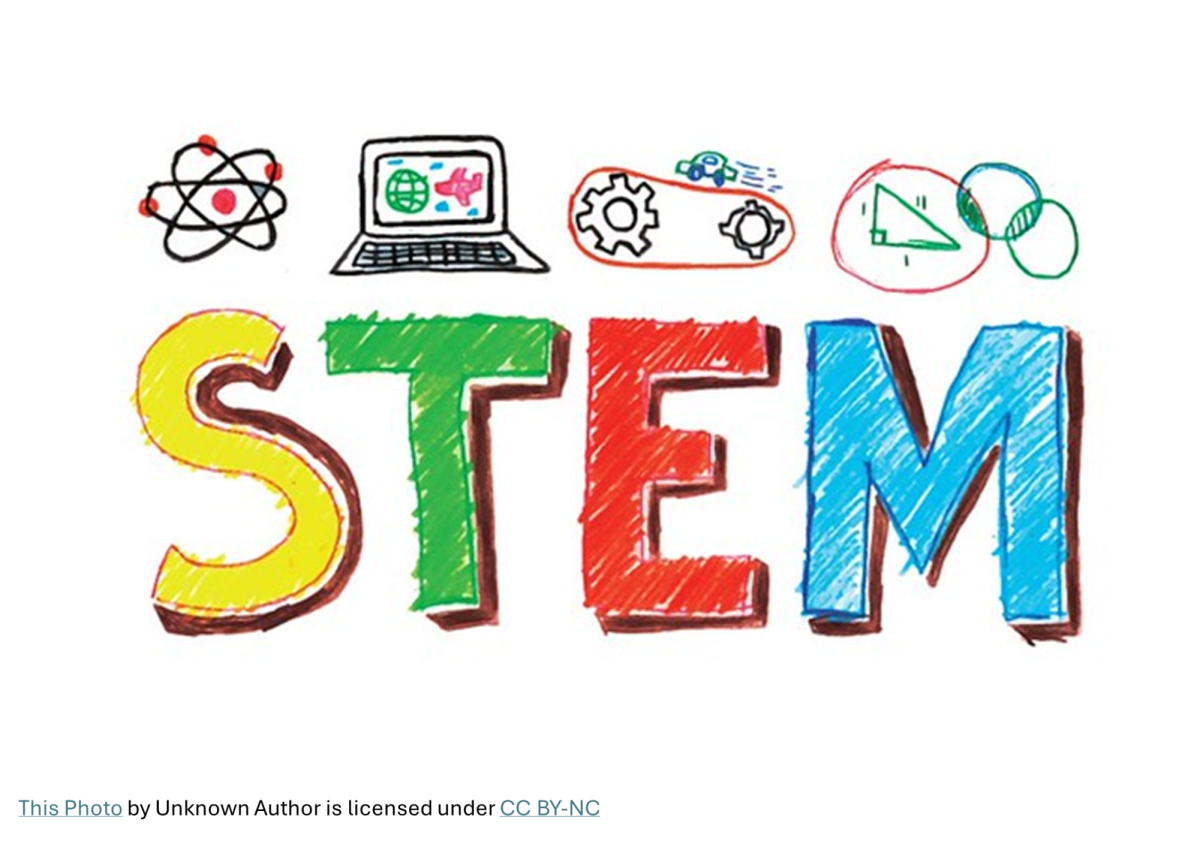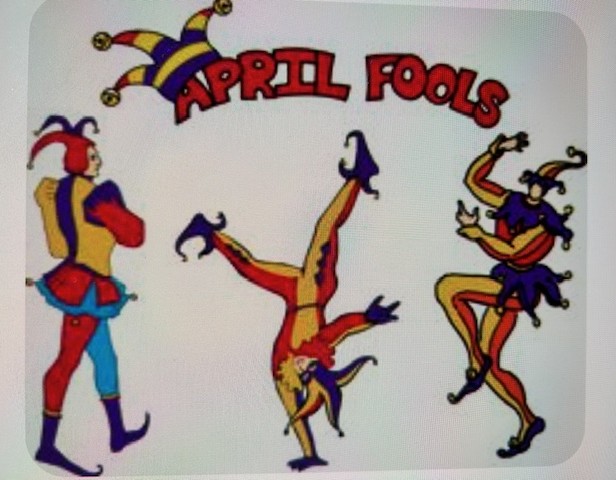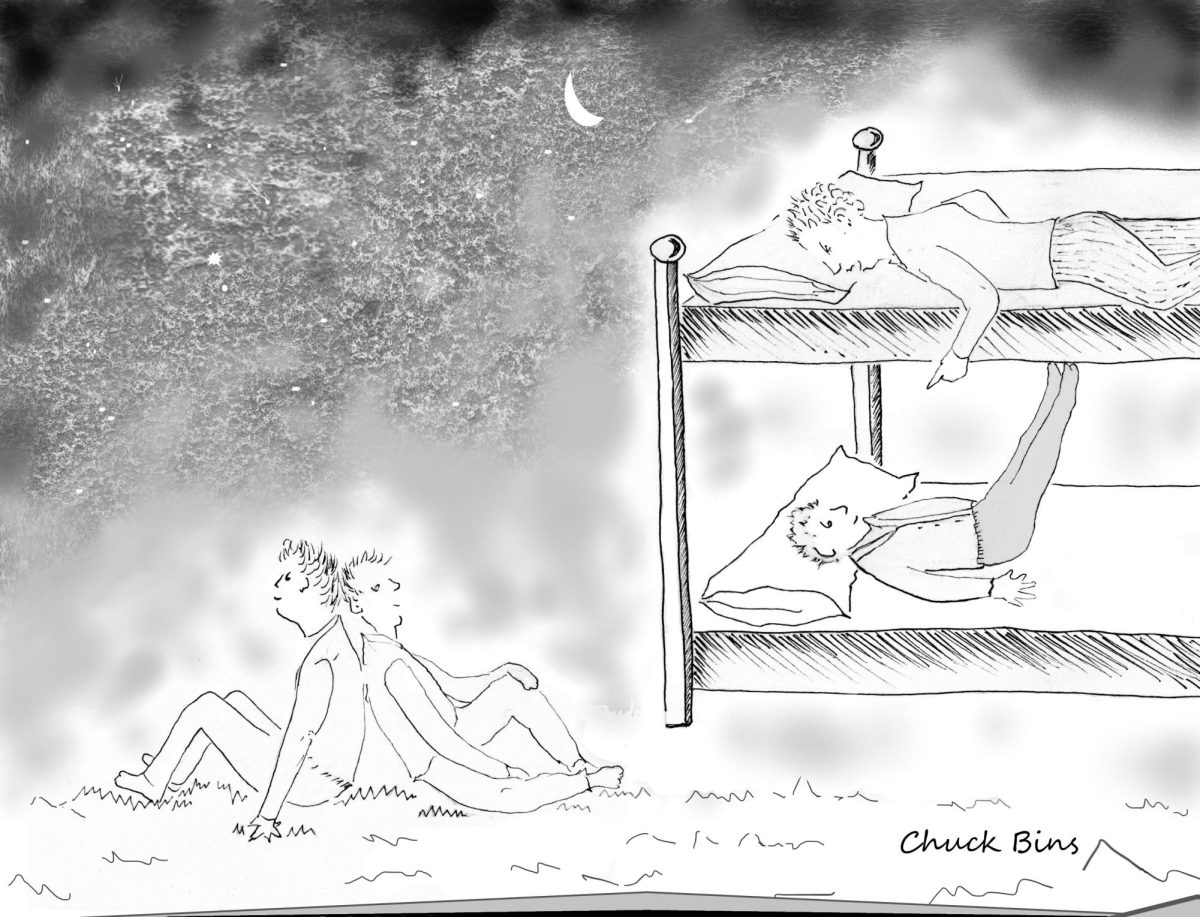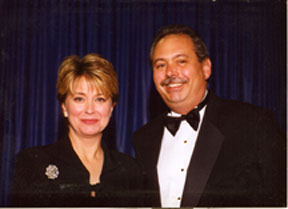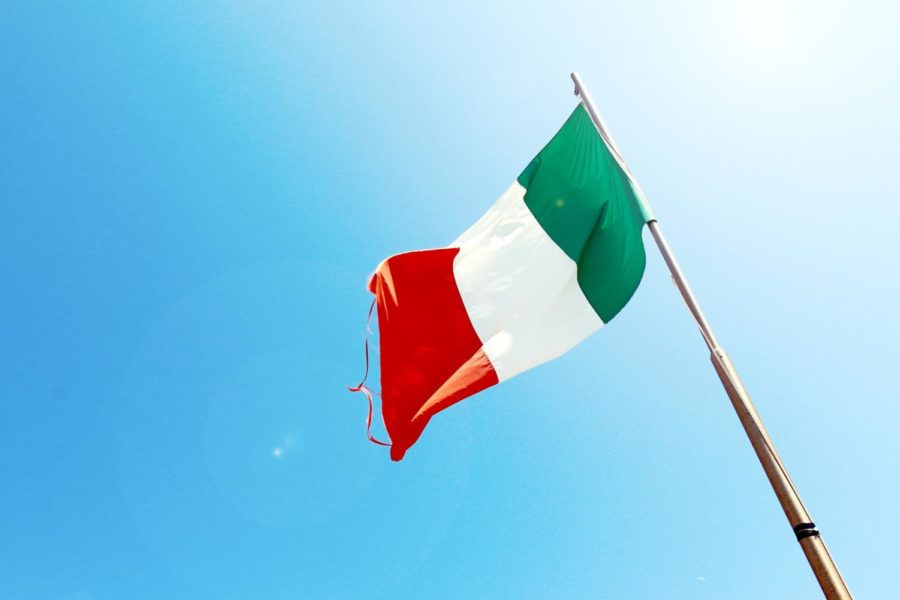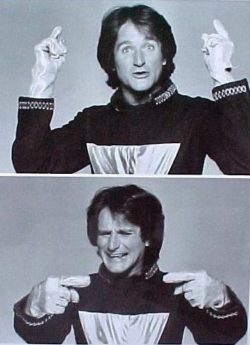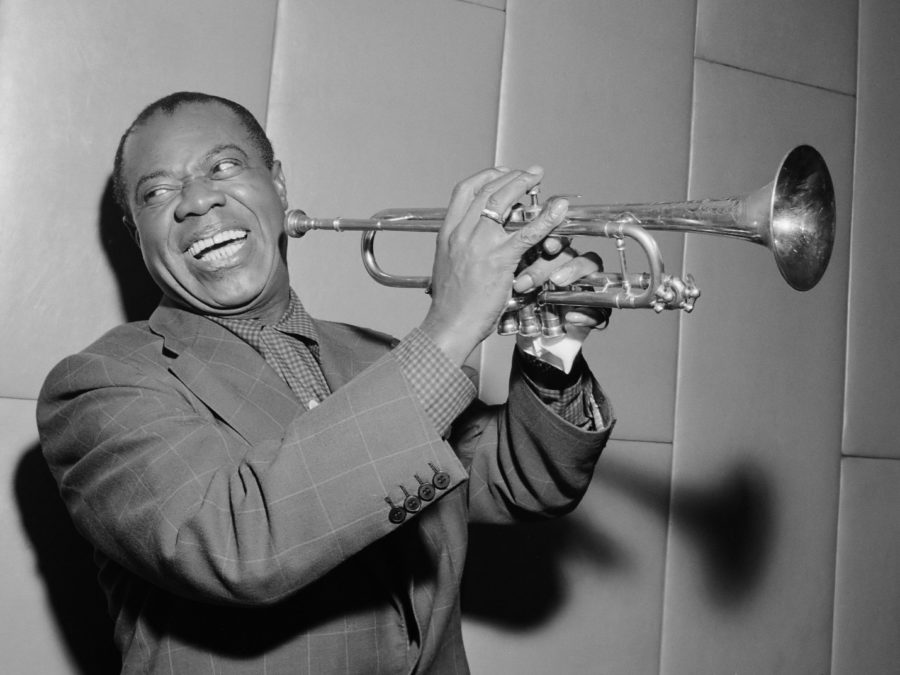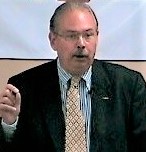In the long and winding road that was a career in TV news, there’s one particular story that still haunts, still creates nightmares, still remains as horrifying as the three years we spent in coverage; the Atlanta child murders. Between 1979 and 1981, twenty-eight children were murdered, a somewhat misleading number since no one knows exactly where to start the count, and the abuse of children certainly didn’t end with a successful prosecution. But the number twenty-eight was the “official” count at the time and every single one of us working in the news business in Atlanta was absolutely consumed by the story.
Maynard Jackson was then Mayor of Atlanta. He was a dynamic and energetic man, generally brimming with enthusiasm and civic pride. The city’s population was exploding, the growth was palpable and Atlanta was defining itself as the Queen of the “new south.” Georgia, with Atlanta as its capital, had given the country its first post-Civil War southern President. Atlanta was cementing its role as the business and media capital of the southeast, was a major medical research center, and loved the description of itself as “the city too busy to hate.” Then came a series of horrific murders of young African American children and adolescents and the entire city came shuddering into a crushing self-analysis.
At WSB-TV, our noon anchor was Joselyn Dorsey. Her guest one afternoon in October of 1979 was Cammile Bell, the mother of Yusef Bell, a youngster who disappeared while running an errand and whose body was found some weeks later. He’d been strangled to death. There had recently been three previous murders of youngsters, two of them shot to death, but it wasn’t until Ms. Bell, in her deep, resonant and mournful alto voice told Joselyn, “someone is killing the children of Atlanta” that anyone had linked the cases together. Mayor Jackson’s press secretary, Angelo Fustare, told me over lunch a few years later that he believed it was Ms. Bell’s resounding pronouncement that could have very well created a serial killer. We’ll never know. But serial killings did indeed follow.
It seemed that every month or so a new victim would be announced; bodies found dead in the woods, hidden in an abandoned school house, dumped into the river. All of the victims were African American, and all came from downtrodden districts and public housing. It raised huge concerns that went well beyond the mere salacious headlines of a serial killer on the loose. We all scrambled to try and investigate and understand the racial aspects of the story as well as the lurid and alarming details of each new and unsolved death.
In the summer of 1980, WSB-TV began a series, ala “Nightline,” that ran each night immediately following the 11 p.m. news, “Special Edition: Atlanta’s Children.” I served as a field producer for the broadcast which focused on the state of the investigation, the local and federal efforts to solve the case, and the legal machinery that had been put in place to find the apparent maniac at large in our community causing this local and national nightmare. No one believed, then or now, that all of these murders were the work of a single madman, but many of them shared common characteristics; children abducted from the streets, usually late at night, and we began referring to these victims as “street kids,” children who were mostly lacking strong nuclear families, responsible parental supervision, some who were involved in selling drugs, some in other cases selling sexual favors. Mayor Jackson deeply resented the nomenclature and summoned media representatives into a meeting in which he decried our characterization of these victims, warning that we were damaging the city’s national image. We all stopped the “street kids” reference. In retrospect that was a mistake. The result was, helped in part by the title of our own programming, every family in Atlanta with young children now feared for their safety. The city’s image was, indeed, taking a beating, and it was obvious that the Atlanta Police Department needed help.
One element remained fairly certain; whoever was committing these crimes had to be African American as any white man would have been noticed immediately at the time and place of all of the abductions. It was a difficult story to approach. During the course of our “Atlanta’s Children” reporting, I found myself in places mentally and physically where I’d never been before. My father asked me at one point to tell him about the story. “Dad,” I said, “I have to be honest. I literally knew more about what to expect on the surface of the moon than what I knew about public housing and severe poverty and the living conditions of these victims and their families.”
During the course of those productions (which I found out years later had been nominated for a Peabody Award) I did an interview with the foremost African American Psychiatrist at the time, Dr. Alvin Poussaint from the Harvard Medical School and an expert on racism. It was Dr. Poussaint who believed that the perpetrator had to be a black man with a complicated racial psychology. We did the interview in the WSB snack bar. I can still remember the room where we sat, the entire set up. At one point I said to him, “Doctor, this man might be on the other side of that lens watching us now. What do we say to him?”
“Well,” he replied, I’m not sure there’s anything at the moment we can say that will change his psychology. But I’ll tell you this, when they find this man, you’re gonna’ know him.”
I’ve done hundreds, possibly thousands of interviews over the years, but that was the only one that literally sent chills down my spine. It was the strangest and most visceral reaction I’ve ever had to a routine part of my work.
I was going to know him?
I pressed for detail.
“Oh, I don’t mean there’s a personal relationship. What I mean is, when he’s finally found, the community will say, ‘of course, that fits, this guy’s always been an oddball.’ No one right now thinks he’s a serial killer, but when the details start to emerge, people who know him will put together the pieces of the puzzle.”
The interview stayed with me. There was something about my reaction that remained puzzling and troubling.
A few months later, in the dead of night, police detained a young man, a stringer photographer named Wayne Williams, and brought him in for questioning. And here’s the strangest part; I KNEW HIM. He’d sold us video on numerous occasions over the years and I’d joked at one point that I thought he was starting some of the fires he’d filmed in order to sell us the video. He’d worked for us at WSB-TV three years before as a summer fill-in. He’d tangled with a few of the regular photographers and had been a bit of an odd duck. We passed over him for full-time employment because of his apparent difficulty in getting along with the other photographers.
I knew him.
Williams held a “press conference” after being detained and proclaimed himself innocent, an odd position for someone who had merely been questioned by police at that point. The only circumstantial evidence at that time was that his car had been stopped by police after a cop on a stakeout under the bridge had heard a splash. Williams said he’d dumped some garbage into the river below. A few days later a body—that of a 27-year-old adult male named Nathaniel Carter—was found downstream. The DA dithered over whether to file charges, the pressure was enormous, but the evidence was slight. In the end it was Williams’ peculiar behavior and attitude that led to a deeper investigation. Some of the bodies had been found with carpet fibers and dog hairs that police linked to Williams’ pet and the carpeting in his station wagon. Indictment and eventual prosecution followed.
No one believes that Wayne Williams committed twenty-eight murders. But he was convicted of two, that of Nathaniel Carter and a 22 year-old, Jimmy Ray Payne. And no matter the number, Atlanta—all of us, citizens and media alike—had been through a living hell. I’m sure I wasn’t the only one who sometimes woke up in the middle of the night, the images of discarded bodies, the specter of dimly lit streets and children walking in shadows, the sense of fear and chaos surrounding me in the dark. And then to learn that I was personally connected to a killer. Williams is still with the city of Atlanta—forever tied to its history.
And he’s still with me.







